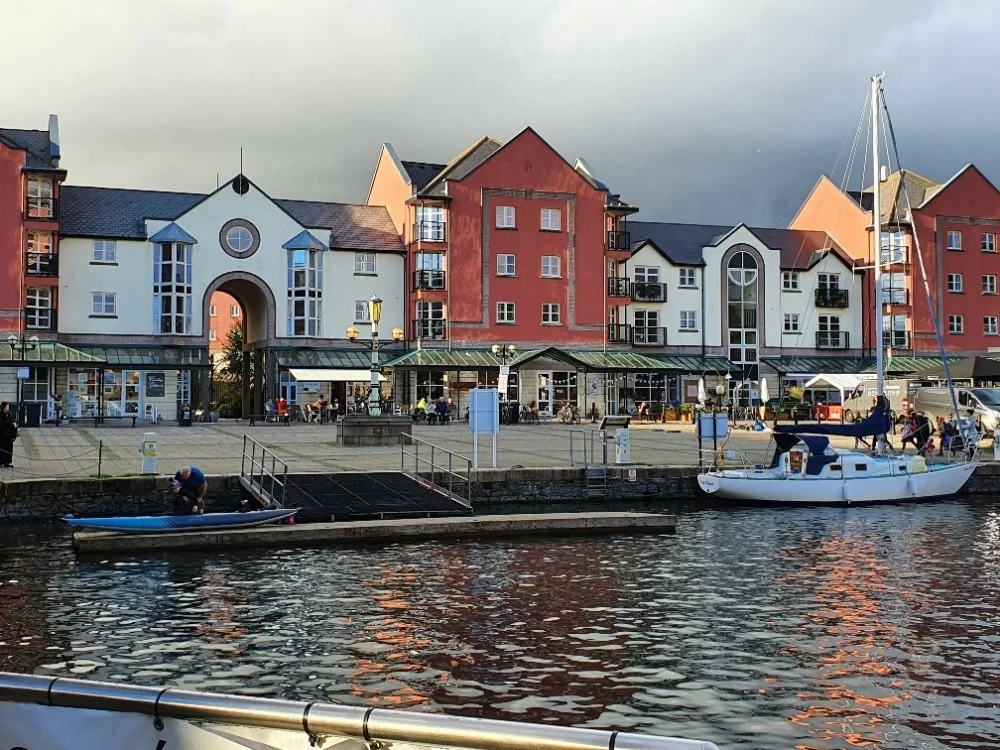Sponsors
National Historic Ships UK acknowledges the financial support of its sponsors
NATIONAL LAUNCH OF HERITAGE HARBOURS
A new status of Heritage Harbours is being launched today to help safeguard the harbourside, buildings, facilities and businesses that are vital to support our working maritime heritage vessels.
Supported by Maritime Heritage Trust, National Historic Ships UK and Historic England, local communities in each location are developing outline plans to maintain and enhance the historic port area, its environmental features and the facilities such as shipyards and drydocks which vessels need to operate.
The Heritage Harbour concept started in northern Europe as a way of providing free or low-cost mooring to historic vessels in exchange for public display. In the UK the idea has evolved to include a wider range of local community links such as encouraging heritage skills e.g., wooden boatbuilding and cultural heritage activities as well as maritime festivals and events which benefit traders and visitors.
However, there is an increasing threat across the UK maritime heritage sector through the loss of waterside buildings, businesses and facilities to unsympathetic new development which removes the water access and can destroy the historic character of a small port. Existing businesses often operate on low margins and are increasingly vulnerable to redevelopment. The aim of Heritage Harbours is to achieve a balance, retaining the key features, improving public access, creating wider cultural and arts opportunities linked to maritime heritage and benefitting the local community.
Whilst Heritage Harbours are not a legal designation, the National Working Group of Heritage Harbours, supported by Maritime Heritage Trust, National Historic Ships UK and Historic England, has adopted criteria for schemes that are proposed and it is hoped that other locations will join the network.
Today, there are 10 Heritage Harbour and Heritage Inland Port locations around the country: Bristol, Buckler’s Hard, Chester, Exeter, Faversham and Oare Creeks, Maldon and Heybridge, Sandwich, Shardlow, Stourport and Wells next the Sea.
Hannah Cunliffe, Director, National Historic Ships UK said: “Historic vessels are important assets which bring great character and interest to our harbours and inland waterway ports, but they will only survive if the maritime infrastructure needed to service and maintain them is also preserved. NHS-UK supports the development of Heritage Harbours in line with its Shipshape Network initiative, which promotes regeneration of traditional maritime skills and connects projects across the UK.
Ken Hamilton, National Listing Adviser for Historic England said: “Historic England is keen to support local communities to help safeguard waterside historic features including working harbour facilities. We want to promote a better appreciation of maritime heritage and to encourage heritage-based regeneration and sustainable growth. We are working to provide practical help for this project by producing a toolkit of resources to help communities make the most of their maritime heritage.”
Hannah Hurford, Trustee, Maritime Heritage Trust said: “New waterside development threatens many traditional ports and can easily squeeze out the traditional trades, workshops and slipways that are critical to operation of a historic vessel. This is short sighted –a lively waterfront can attract visitors, bring increased cultural activity with open days, activities and trails and help regenerate an area in a sympathetic, sustainable way. This in turn benefits vessels and can support the skills and volunteering which bring maritime heritage to life.”
Heritage Harbour/Heritage Inland Port locations including pictures and links see: https://maritimeheritage.org.uk/heritage-harbours/location-map
Photo: Exeter Heritage Harbour

National Historic Ships UK acknowledges the financial support of its sponsors